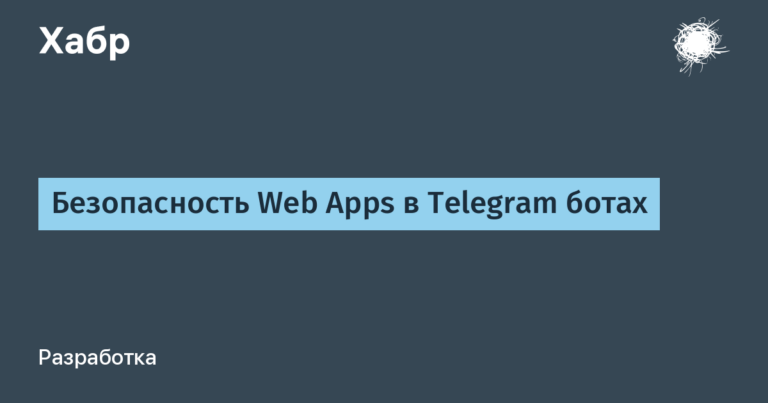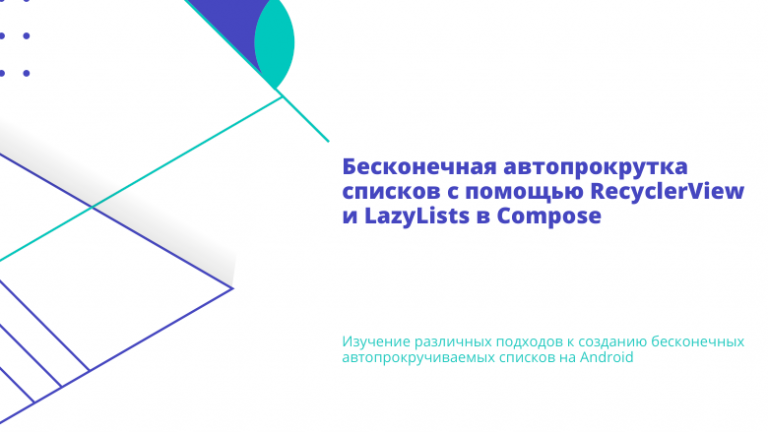children's success in programming lessons
In the 21st century, the amount of information is calculated in gigantic figures. According to the latest research, the average amount of information created daily is 2.5 quintillion bytes of data. For comparison: the diameter of our galaxy is a quintillion kilometers. It is also known that about 90% of all data was generated in the last 2 years.
A person is not able to process all this volume of data. That is why it is so important to develop digital literacy in our time, so as not to “drown” in the flow of data, but to be able to work with it. This is especially true for the younger generation, for whom the world of numbers is closer and more natural from birth than for adults. It is for this reason that children are recommended to engage in programming to develop key skills.
Benefit programming in children's education is not only about raising a child to be a successful developer. This is a secondary task. But acquiring practical knowledge and skills that will be useful to the child in other areas of life is the main goal.

Programming classes help develop:
Computing thinking. Thanks to it, a child can clearly formulate a problem, look for solutions and analyze the result. The most important thing is that when programming, children learn to do it independently, based on their own experience, and not based on an opinion about how it should be.
Problem solving skill. If a child learns to divide complex tasks into simpler ones when writing code, then he can easily apply this skill in any other area. This helps to effectively achieve results and set new goals.
Creative thinking. Despite the stereotypes that still exist, programming can stimulate a child's imagination and develop a creative streak. During lessons, children first come up with their own ideas for games, cartoons, animation, and then, using development tools, bring them to life.
Continuous learning skill. This is one of the most important skills of a modern person. Yes, at all times the phrases “It's never too late to learn” and “You can learn all your life” were relevant. But in the 21st century, this is an urgent need, as a huge amount of new information appears and technologies change rapidly. In programming lessons, children constantly make mistakes, but this is not perceived as a blow, but as a natural experience. Such a gentle way of working on mistakes helps to form the opinion in the child that wrong decisions are not a failure, but the path he takes to the result.
And this is not the entire list of skills and benefits that programming gives to children. Add here the improvement of educational motivation, computational participation in project work, and the development of communication.

Python Programming for Kids
One of the popular programming languages for children's IT education is Python, which is used as a programming language from scratch for children. And here's why:
The language has a simple syntax. Commands and operations generally resemble English, so it is more intuitive for a schoolchild to work with such scripts in Python courses for children.
Python for kids is universal, it is used for programming in different areas. Thus, with the help of Python, children can create a game, write code for a simple neural network or create a chat bot for the menu in Minecraft.
Python remains in the leading positions in popularity and demand among programming languages. And this trend will continue, so by mastering Python now, a child can become a successful developer in the future.
The language has a large library with ready-made codes that can be used in working on your projects. This does not mean that learning is worse and the child learns less. On the contrary, he learns to work with libraries and find the most effective solution for his program. In programming, there is no such KPI as manual coding: everything is determined by whether the code works or not.
Knowledge of Python, a programming language for children, can be used not only for creating games and coding tasks. Having mastered the basics, the child will be able to write, for example, scripts for automating a spreadsheet editor.
There are a lot of programmers in the world who have Python in their stack. Many of them are happy to share their experience in blogs, write educational articles and instructions. So a child learning Python programming will easily find additional Python courses for children online in a free format, lessons and guides on the Internet.
To illustrate the results of teaching children the Python programming language, we will tell you about the projects created by students of the Pixel school on the Python programming course for children. The children are no older than 9-11 years old, but this does not prevent them from successfully mastering the program.

Python for Teens and Kids: Building a Calculator
We are all used to the calculator as a tool for calculations, and few people think about how it works. But Pavel, the author of the project and a student, decided to develop his version of a computing device from scratch.
Using the capabilities of the Python language and working with mathematical functions, the student made a calculator that can add and divide numbers, raise a number to different powers. Pavel also wrote a rule for the calculator that it is impossible to divide by 0. If we try to divide some number by 0, then a corresponding notification will pop up.
Another calculator was created by 11-year-old Alexander, a Python course student:
“I created my project “Calculator” together with the course mentor. It works like all similar devices: it has arithmetic operations, such as division, multiplication, subtraction, addition. In addition, there are buttons for raising to the second, third power, extracting the root and raising to a user-defined power, for example, to the fifth.”
Alexander wrote all these functions in the code, and they are fully functional.
By creating such seemingly familiar devices, children disassemble and analyze all the functionality from scratch, determine why it is needed and how it is useful to users. In this way, they not only learn programming faster, but also improve their understanding of mathematics in general.
Alexander explains in the video that it is usually necessary to raise a number to the second or third power, so such buttons are in his project. But for exceptional requests, he also provided the ability to raise a number to other powers.
The student set the function of clearing the calculation field using the Clear button, which is marked as “S” on the calculator. With its help, one arithmetic operation can be deleted and another can be moved on.
The buttons for all arithmetic operations, their locations, colors, and the clear button are written in the code. In the video, you can see how Alexander describes the code and shows in which part of it this or that calculator functionality is located.
Similar projects in Python can be created by children of a younger age, from 9 years old. During programming lessons for children, a teacher works with the children, helps them understand the code, monitors the progress of each student and gives feedback.
Python for Kids: The E-Book Project
Another project by Igor Sobchuk, a student of the Python course for teenagers and children.
“I created a project – an electronic book. Here you can turn pages back and forth, and each page is numbered, and we can see this in the project” — Igor says about his project.
Igor explains how he created his project and where the individual elements of the book are located by demonstrating the code. First, the required Tkinder module is imported, then the functions and variables are configured. The LST variables are the book itself with all the pages. Then we can see the name of the window size (book) and the specified condition that the sizes are fixed and cannot be changed. Next, the frame is configured, in which all the necessary elements are placed. The text of the page itself is placed in the label.
To flip pages forward, Igor programmed the bRight button, respectively, bLeft is the button that allows us to flip back. Page is the page number. Next, we see the “right” function in the code, which is also needed to set up the flipping mechanism.
When we reach the end of the book, we will see that the page number will be equal to “LST – 1”, because each index starts with zero. In this case, the function stops working. If the condition does not work, then one is added to our page number and the page text is updated to new pages. Similarly, with scrolling back using the button and the “Left” function, only the condition changes.
The program, which Igor created in a Python course for children, clearly shows how modern digital platforms for reading books work.
These and other projects are created by the guys online courses Python programming for children independently with the support of teachers. This format of training, when work is carried out with specific projects, allows you to dive deeper into the features of programming, and therefore better assimilate the material. And to create such a calculator, e-book or game, you do not need basic coding skills or in-depth knowledge of mathematics. Everything is studied during the lessons sequentially, from simple to complex.
Do you think Python is the best language for kids to get started with serious programming?




